
From walking frames to digital independence: Ageing, technology and new opportunities
We believe everyone deserves to live a secure, independent and fulfilling life, no matter their age. As societies age, the number of elderly citizens grows – and so do the demands on healthcare and caregiving services.
Technology holds enormous potential to bridge the gap between increasing needs and available resources. But how do elderly individuals themselves feel about digital care solutions, smart home systems, or fall sensors?
The elderly’s attitude toward digital technology
We conducted a survey among the elderly living in Sweden, the UK, Germany, France and Italy to understand their attitudes towards digital technology in daily life. The results are inspiring: curiosity is high, trust in digital solutions is growing, and the desire to remain at home is nearly universal. Yet, despite this openness, only a small percentage are currently using smart healthcare tools. Bridging this gap is our shared responsibility.
Key takeaways
- 9 in 10 older individuals want to live at home as long as possible
- 6 in 10 feel more secure thanks to technology
- Only 14% currently use technical aids
- 7 in 10 trust smart home solutions
- Older individuals – especially women – want better safety at home
A growing population, a changing world
Europe is ageing. By 2036, there will be only 2.3 working-age individuals for every person over 65. This demographic shift demands innovation. As outlined by the OECD and the European Commission, digital healthcare can play a pivotal role in easing systemic pressure. Improved quality of care, better allocation of staff, and more efficient service delivery are all possible – but only if the right technologies are adopted.
Despite growing digitalisation, significant disparities remain across regions. While 87% of EU households had internet access by 2017, rural and elderly populations still lag behind. And although 60% of older citizens now use the internet daily, access and digital literacy remain essential barriers.
Daily life: At home, but not always secure
The home should be a sanctuary. Yet many older adults, especially women, report feeling unsafe. Fear of falling, losing energy, or being alone in emergencies is widespread. For example, 32% of women in France and Italy worry about falls. These fears are well-founded: falls are a leading cause of injury among older individuals – for example fall accidents are costing Swedish municipalities around SEK 11.1 billion annually.
Technology can mitigate these risks. Devices like our fall detector or our personal alarm Eliza can make a world of difference. Among those using them, 60% feel more secure, and their caregivers agree.
Tech-curious
There’s no lack of interest. Two out of three older individuals report a moderate or strong interest in technology, with France leading at 85%. Many already use digital channels like social media to stay in touch with loved ones. Still, only 14% use health-related technical aids. Why?
The reasons vary: lack of awareness, accessibility issues, and digital literacy gaps. When asked if they wanted to learn more, 38% said yes. In Italy, over half of respondents were curious about tech solutions.
Even simple aids like hearing devices or fall sensors can dramatically improve independence. Closing this awareness gap is a shared responsibility for policymakers, providers and families alike.
Digital healthcare: Trust is there, experience is not
The elderly generally trust digital healthcare. 40% trust smart home aids fully or mostly, and another 31% partially. Yet only 1.6% have tried technology-enabled care services. Still, one out of three are open to it – especially in Germany and Italy.
This trust is an opportunity. With proper education and support, more older citizens can benefit from solutions like remote health monitoring or night-time camera surveillance. We are proud to offer technology-enabled care that bridges the gap between safety and autonomy.
Barriers: Not just technical, but emotional
Adoption challenges aren’t always technical. Fear of reduced human contact is the top concern, voiced by 65% of respondents. Many fears that healthcare will become impersonal or less compassionate. In the UK and Germany, some elderly believe the digitalisation of healthcare may make life harder for them.
The solution lies in blended models. Human support should complement, not replace, digital tools. With the right training and design, digital health doesn’t dehumanise – it empowers.
Looking ahead: A connected future
Europe’s ageing population presents enormous challenges, but also opportunities. With the right approach, digital care can empower older citizens, ease the burden on relatives, and deliver long-term cost savings. Curiosity and trust are already there. What’s missing is widespread awareness, equitable access and personal support.
We are committed to making technology more human. Let’s close the gap – together!
Last updated: July 25, 2025
Discover more:
- Learn how the Swedish municipality of Östersund have implemented technical aids as a natural part of the everyday lives of the elderly
- Read more about Technology Enabled Care and how it benefits society
Download whitepaper (original):
From walking frame to robots – a report about seniors and technology
More White papers
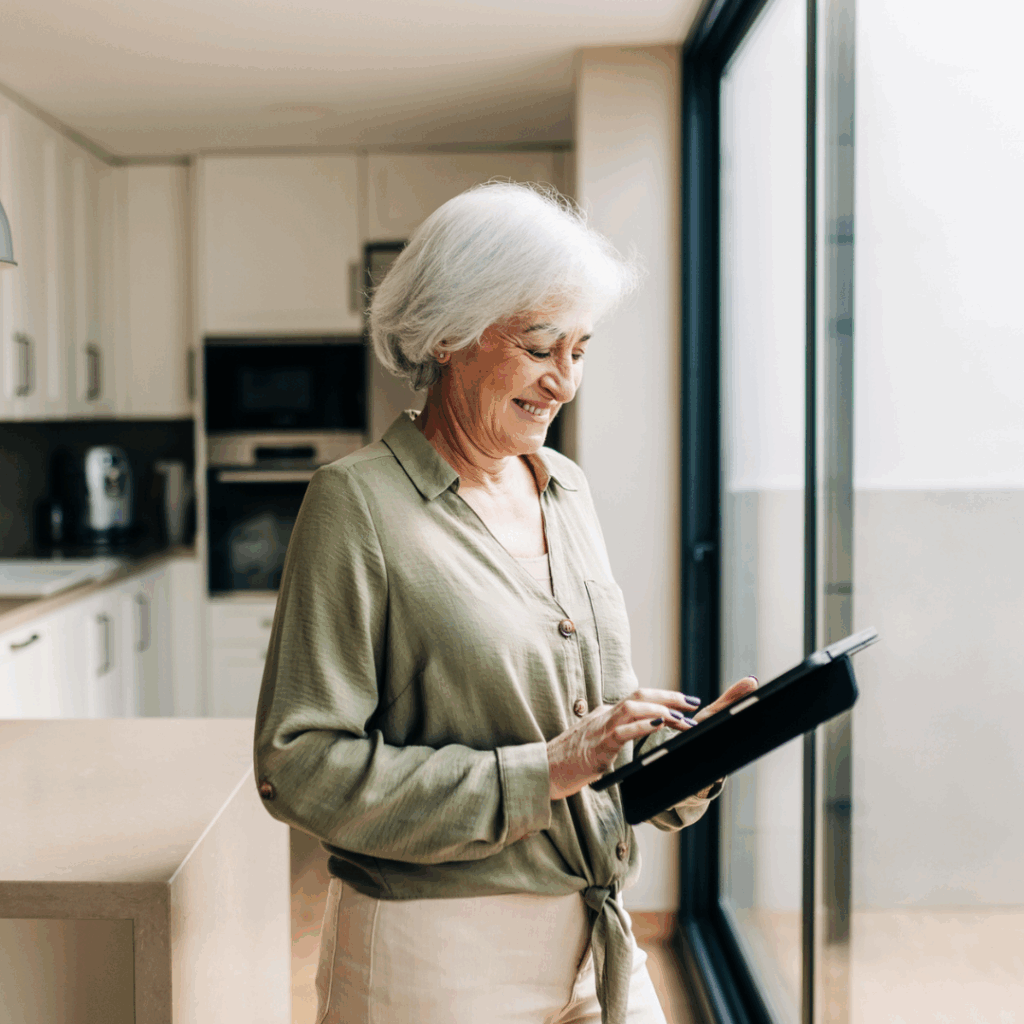
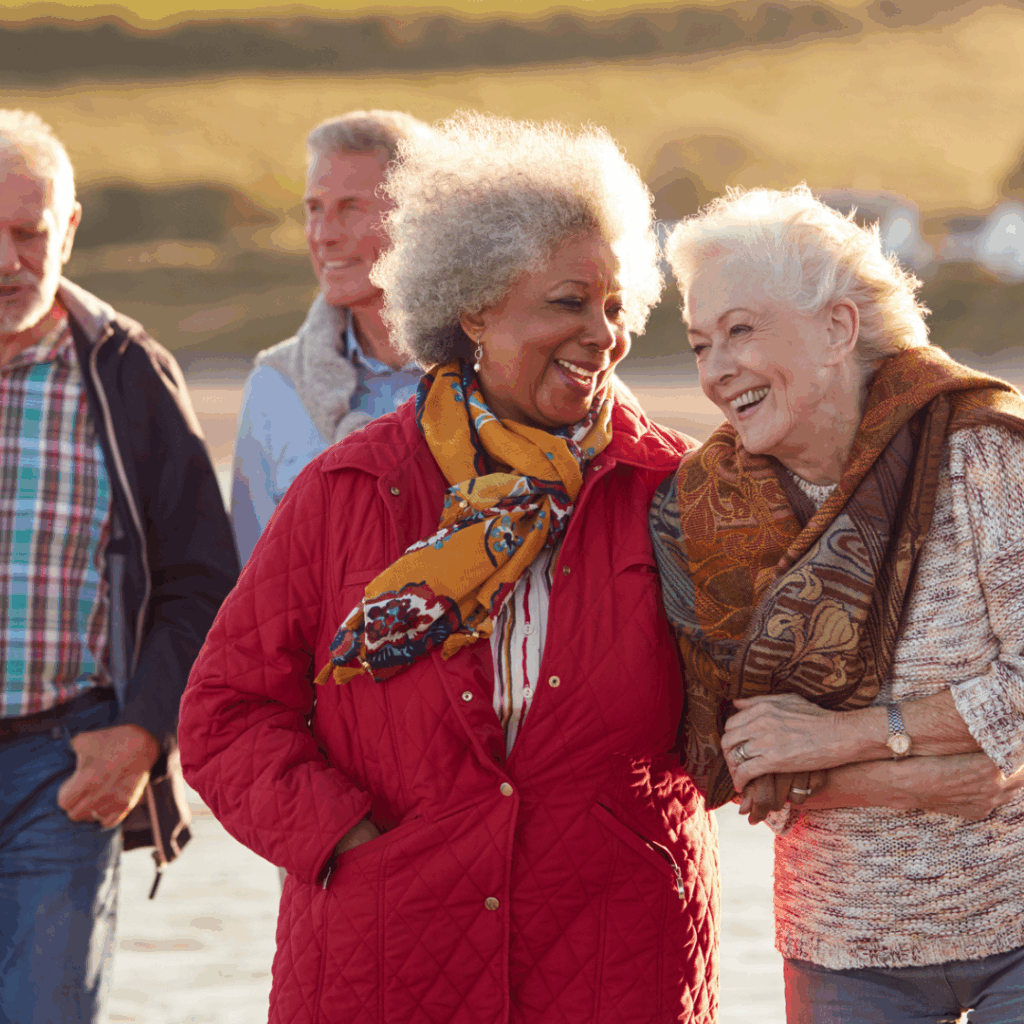
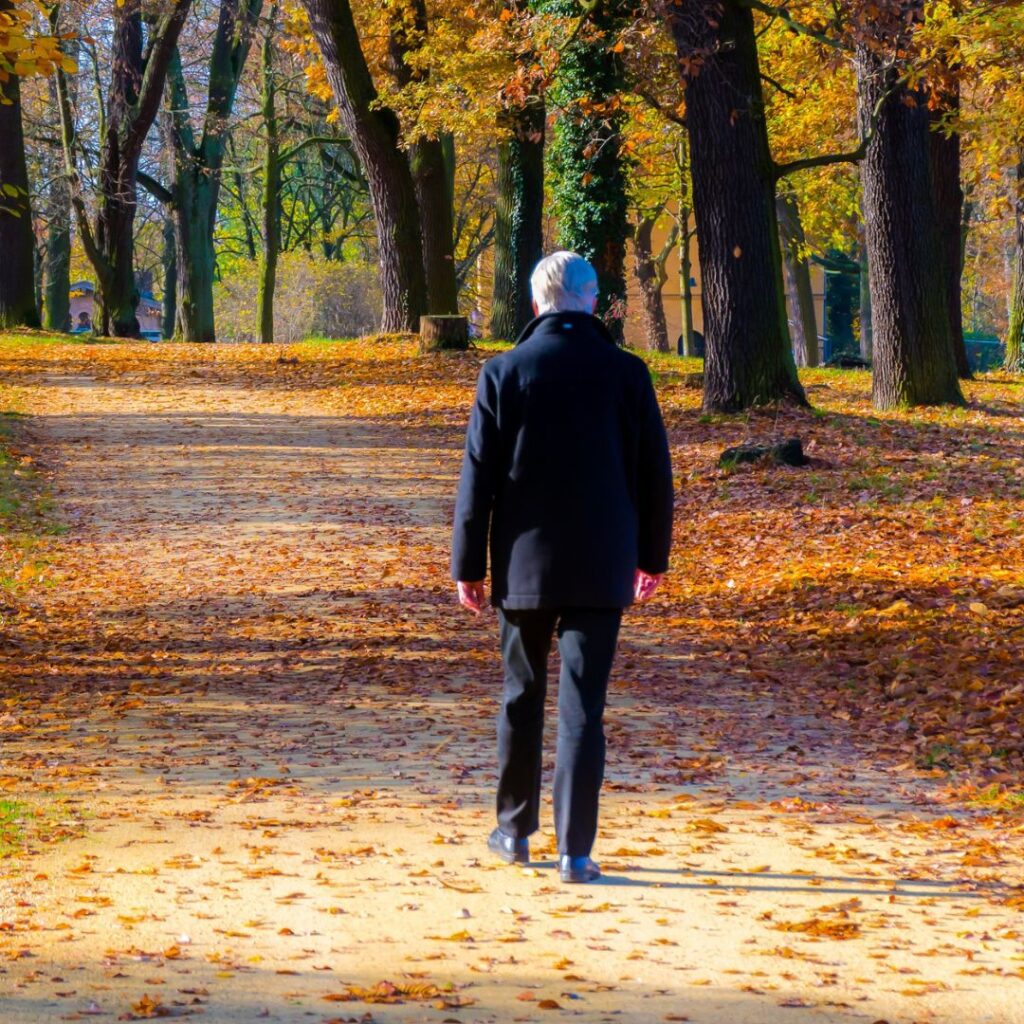
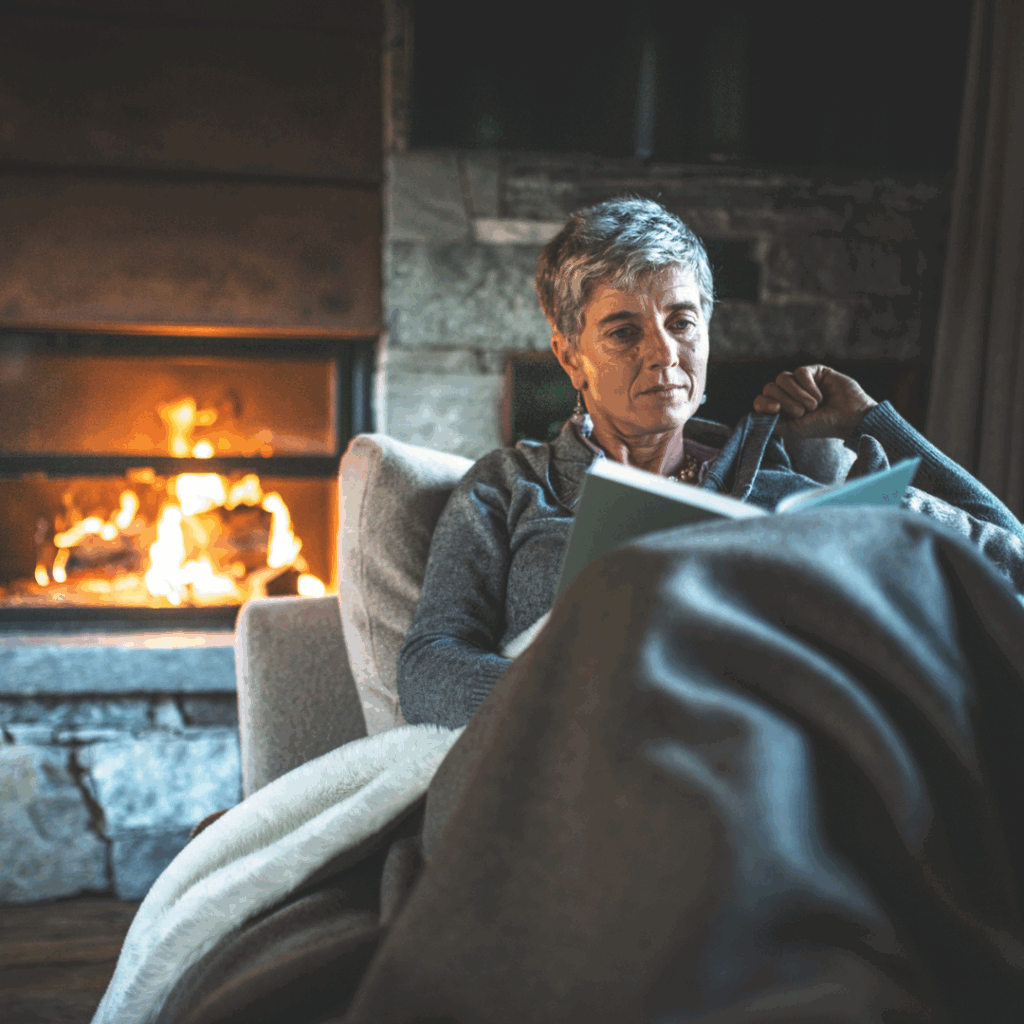

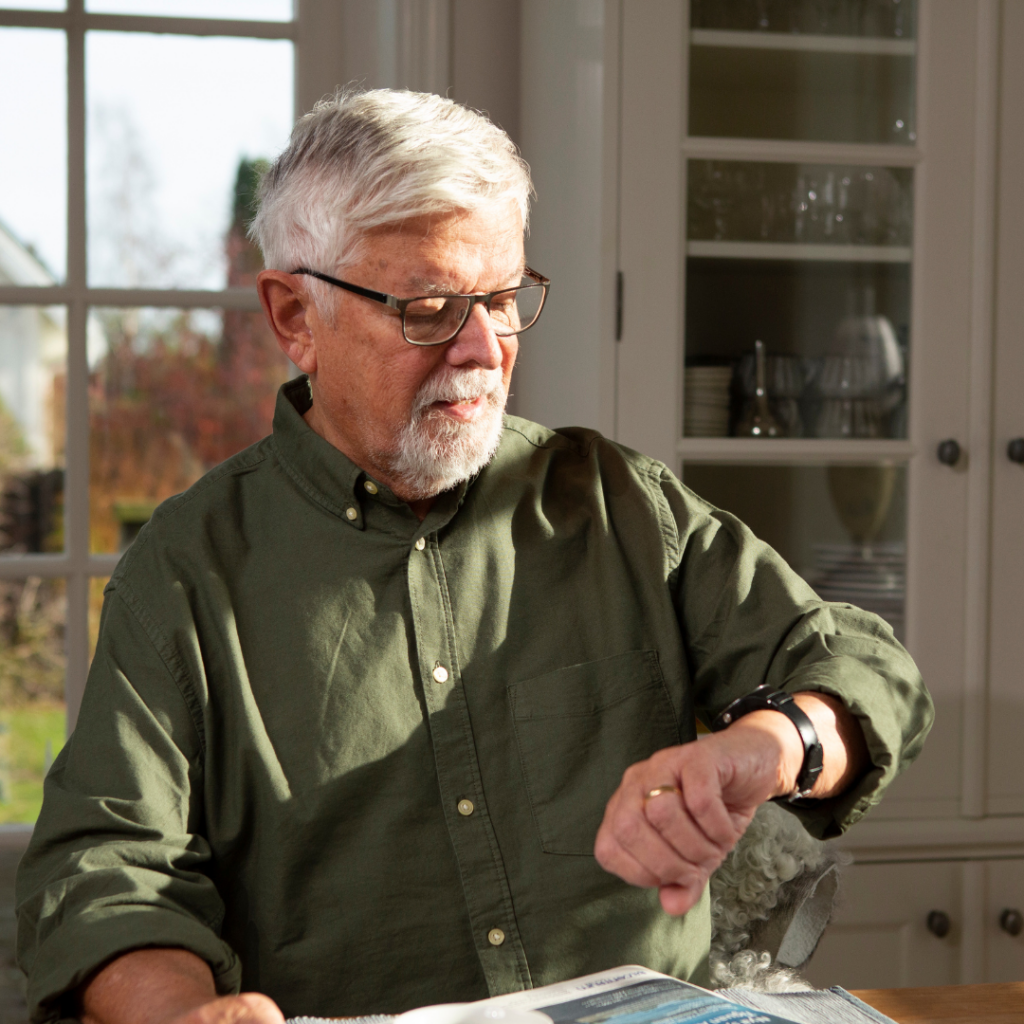
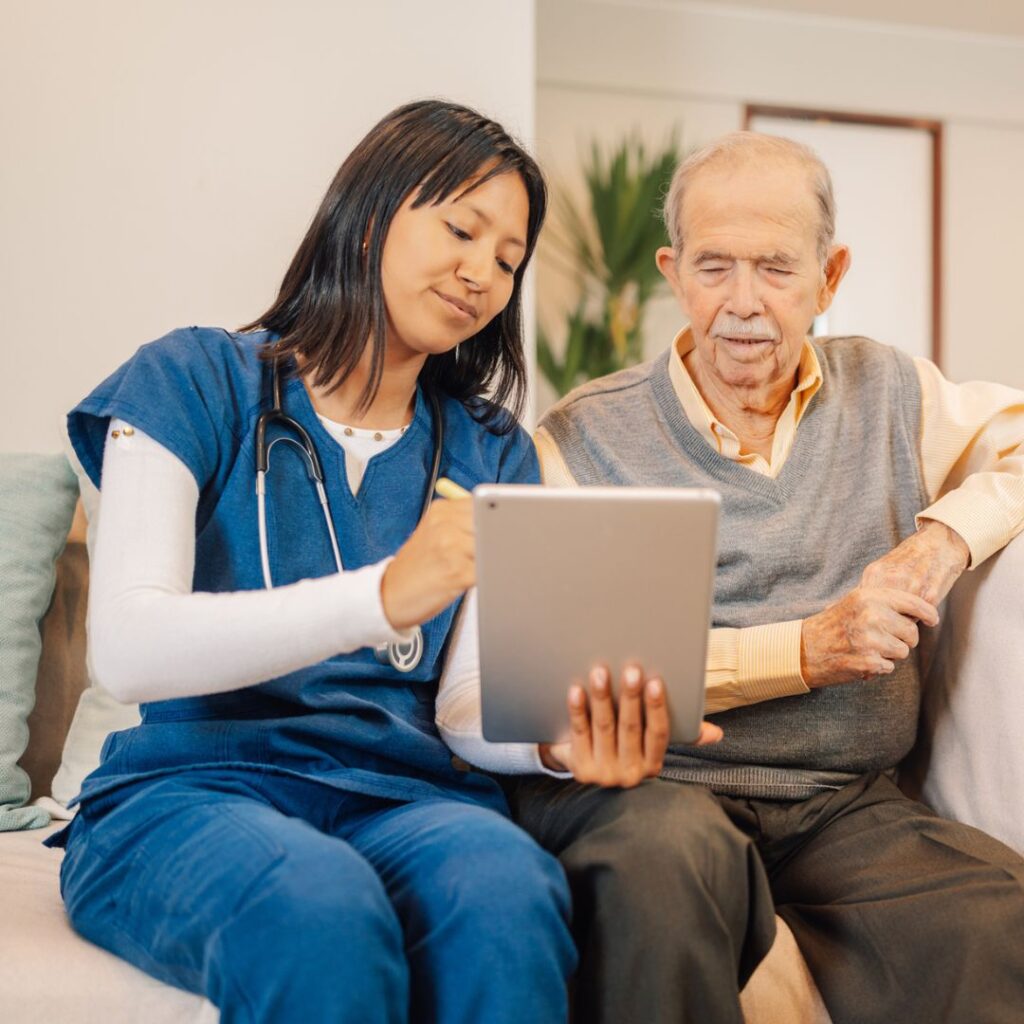

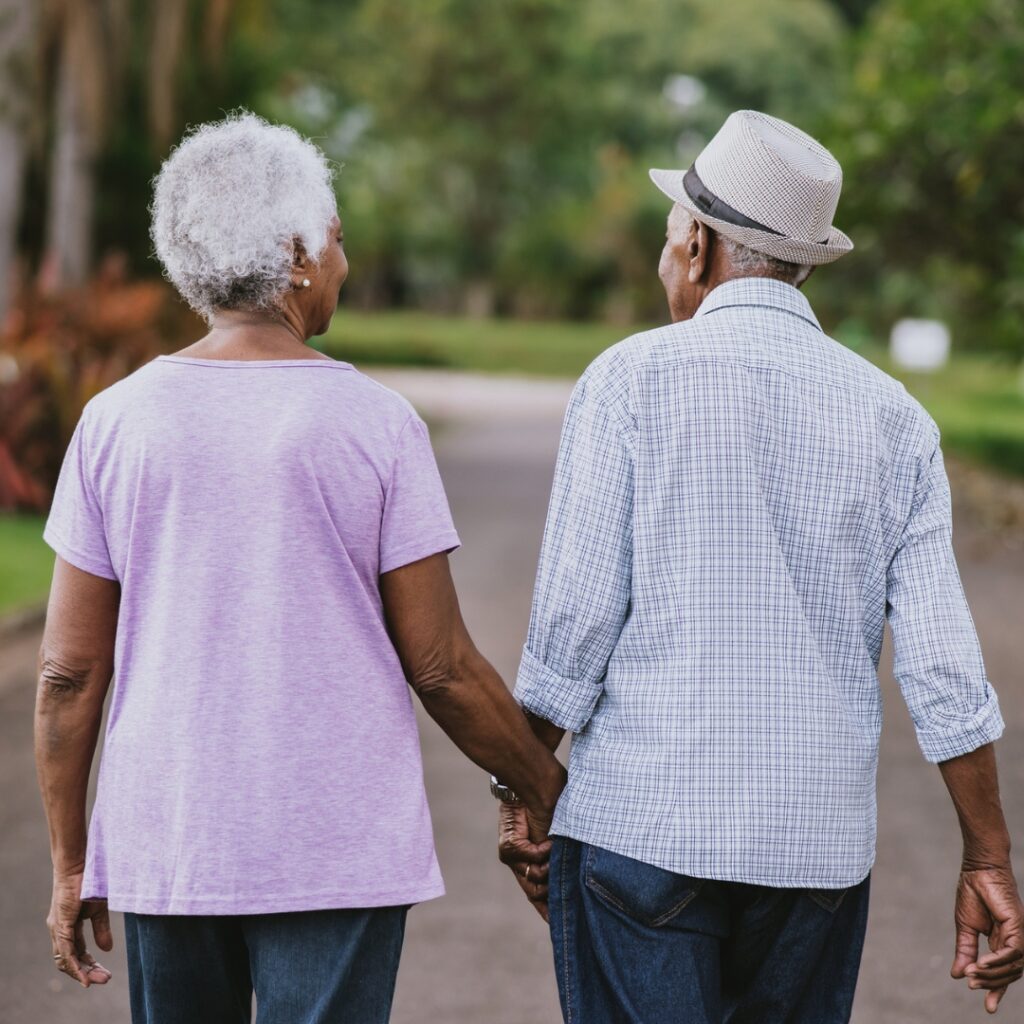
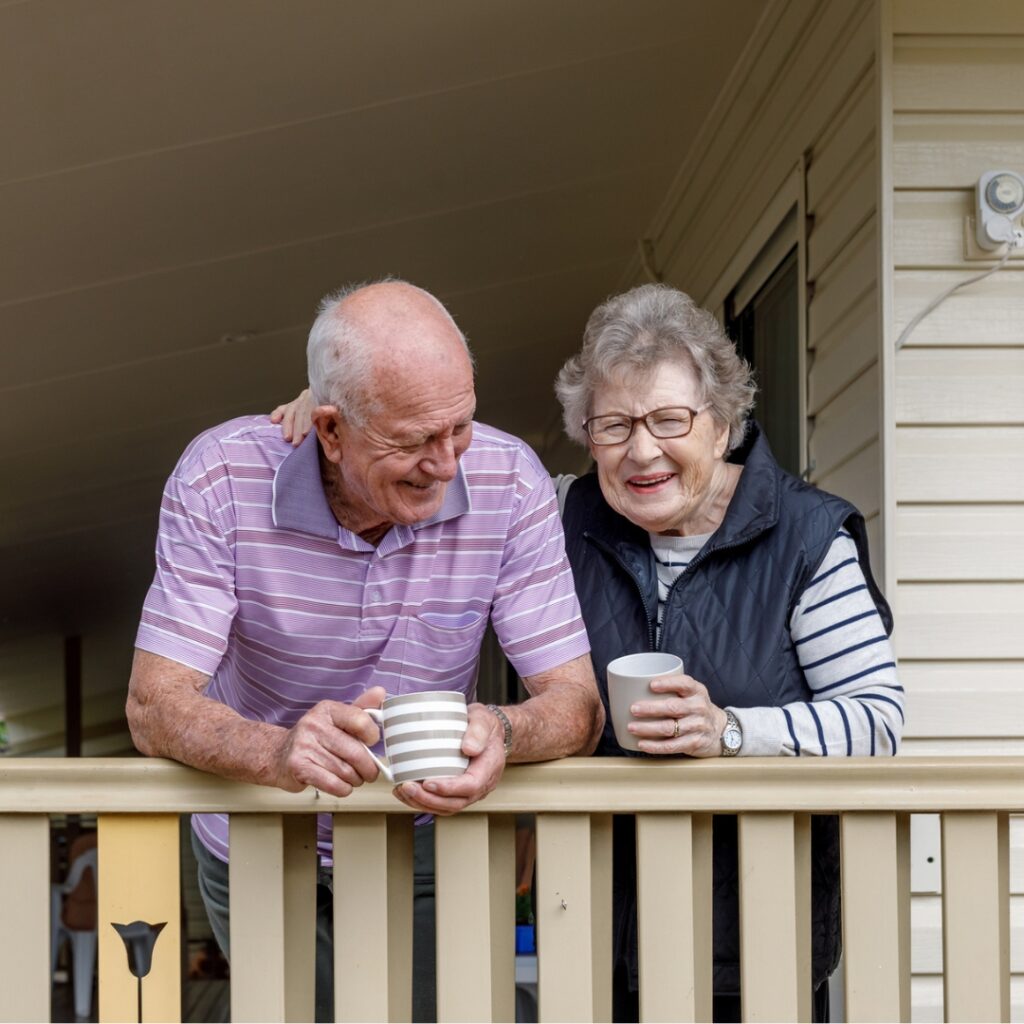

 International
International
 France
France
